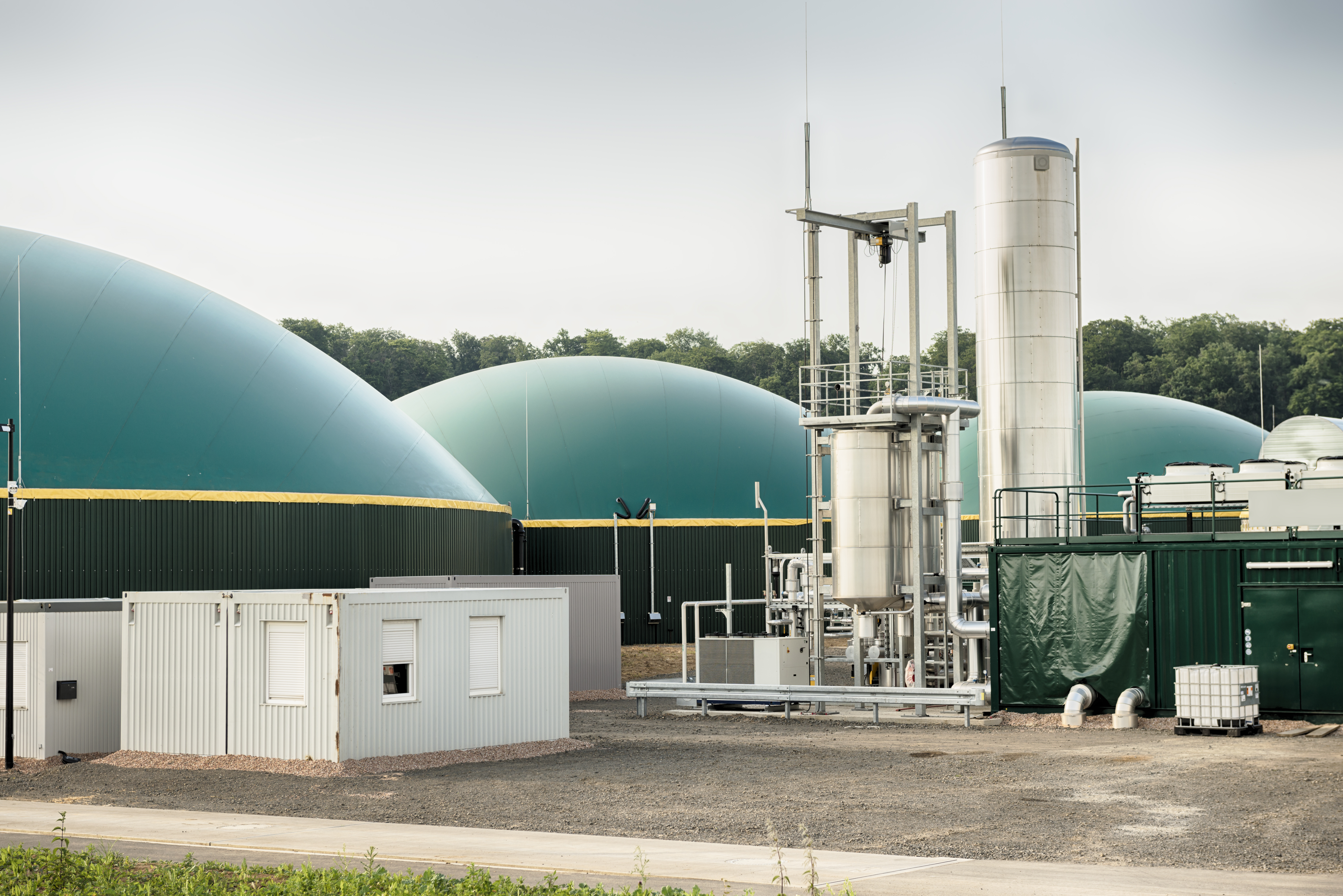What is Biogas Sweetening?
Shibily S, Business Development Manager
21 Feb 2021
Shibily S, Business Development Manager
21 Feb 2021

The word sweetening is quite common to all of us. Normally it means the process of adding sugar, usually in tea or other similar drinks. But the word sweetening has a totally different meaning in gas purification process. It has nothing to do either with sweet or the process associated with it.
Biogas as we understand is produced from biological waste. It may be from plant origin or animal origin. Animal body mainly consists of polypeptides, proteins, and fats. Plant waste is mostly cellulose, made of carbon, hydrogen, and oxygen. Moreover, fats also contain carbon, hydrogen and oxygen. The products produced from fats are mainly oxides or hydrides of carbon along with water. These include carbon dioxide and methane. There are practically no odorous materials produced from fats.
On the other hand, polypeptides and proteins contain nitrogen and sulphur in addition to carbon, hydrogen and oxygen, the main contents of fat. These additional two elements produce a series of products in combination with other elements, which are odorous and acidic in nature. These compounds include acidic or mildly acidic products of sulphur like COS, CS2, H2S, RSH etc. and basic materials like NH3, RNH2, R2NH, R3N etc. along with CO2 and CH4 also. Usually, all acidic materials are sour in taste and the biogas containing acidic materials is known to be sour. Removal of these sulphur compounds from the biogas is usually known as the sweetening process.
Sweetening of Biogas / Removal of H2S from Biogas:
Sweetening is required because the biogas will be foul smelling and will be difficult to handle. Moreover, the gases produced by burning of the biogas will be oxides of sulphur and these oxides become acids on contact with water resulting in corrosion of all metal parts.
The sweetening of biogas can be done by different process. Some of the common biogas sweetening are, chemical scrubbing, biological scrubbing, iron oxide media filtration and activated carbon filtration. The selection of filtration process like Biogas sweetening & Odour control System is chosen on the basis & requirement of application of biogas and capacity of the biogas plant.
Activated coconut carbon is the most competent material in a quite simple way. Usually, one of the common transition metal salt can do this job very well. The acid radical of the salt should be basic in nature so that it will effectively remove. For this the metal uses its ’s’ orbital. The transition metal as such uses its ’d’ orbital which is capable of absorbing both basic and neutral gases as per the theory of Alfred Werner's coordination chemistry.
Usually, the compounds of sulphur are acidic in nature whereas the compounds of nitrogen can be basic (like ammonia) or neutral. All these neutral and basic compounds of nitrogen are absorbed by the metal using its ’d’ orbital.
AQOZA’s R&D team has done a lot of research and tests in producing the most optimum filtration solutions for Biogas sweetening & Odour control applications. In addition, at Aqoza, we have several Green tech-solutions like air purification, odour control & corrosion control. Moreover, we offer both biological scrubbing and activated carbon filtration units for biogas sweetening application.
For more information and requirement, you may connect to our subject experts at Aqoza for future assistance.

